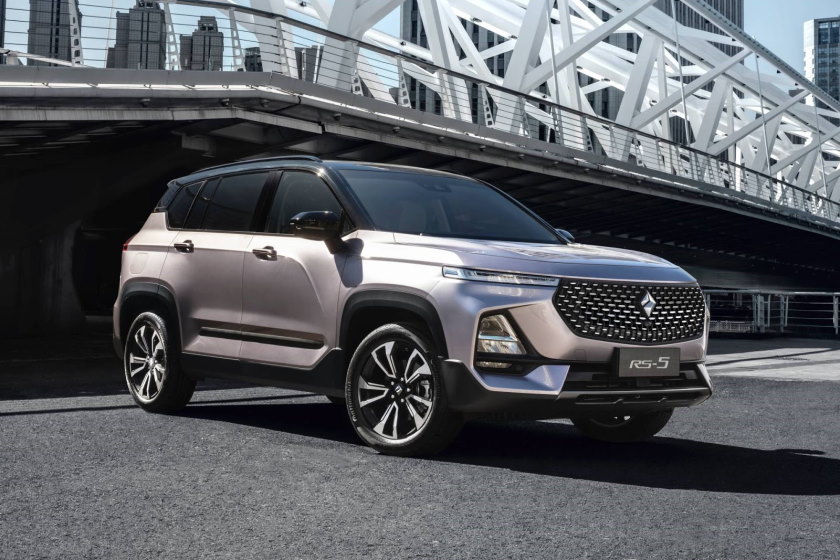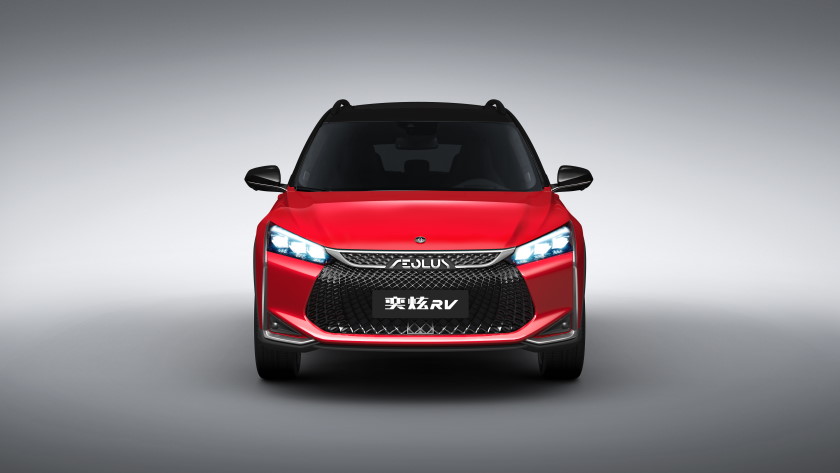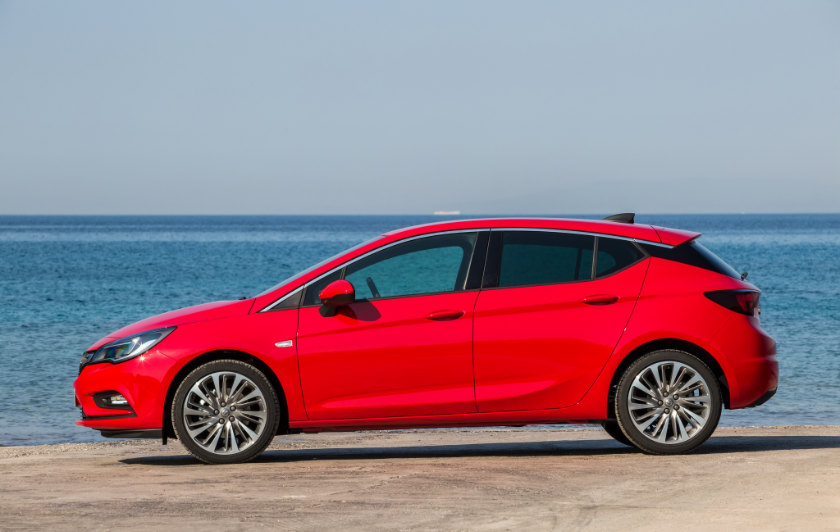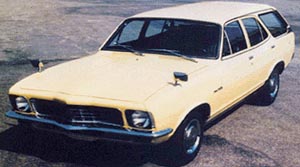
I have to agree with Yang Jian, managing editor of Automotive News China, that Baojun’s new models ‘obviously’ failed to reverse the brand’s sales’ decline.
It is obvious given that the vehicles are priced considerably above the previous ones, and despite its next-gen tech, there’s no real alignment with what Baojun stands for.
There might be a new logo (débuted January 2019) but GM expects that this, the new premium products, and (I would expect) other retail updates would undo nearly nine years of brand equity.
The associations of Baojun as an entry-level brand run deeply, and the new models are like, if you’ll pardon the analogy and the use of another car group, taking the next Audis and sticking a Škoda badge on them. Except even stylistically, the new Baojuns bear little resemblance to the old ones—they’re that radical a departure.
I wonder if it would be wiser to keep Baojun exactly where it was, and let it decline, while launching the new models under a more upscale GM brand, even one perceived as ‘foreign’ or ‘joint venture’ by Chinese consumers.
DaimlerChrysler made the mistake of killing Plymouth when it was surplus to requirements, then found itself without a budget brand when the late 2000s’ recession hit. Chrysler, once the upper-middle marque, had to fill the void.
There’s a reason companies like GM and Volkswagen have brands spanning the market: they feed buyers into the corporation, and there’s something for everyone.
And while it’s possible to move brands upscale, creating four lines where the base model prices exceed the highest price you have ever charged for your other base models is just too sudden a shift.






